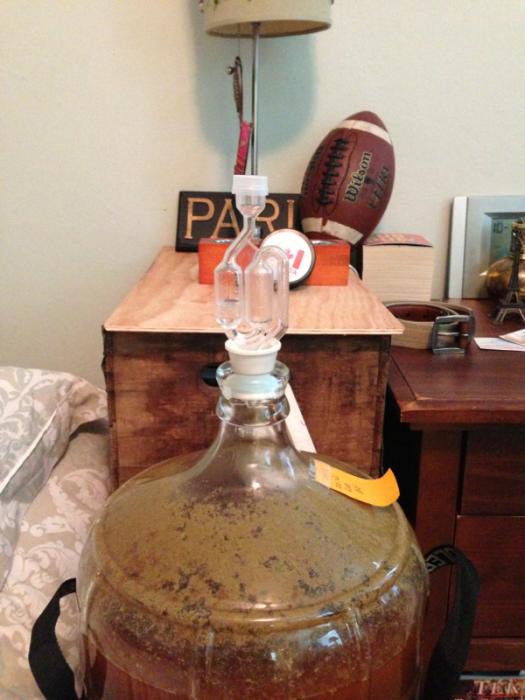Romeo
Active Member
- Joined
- Oct 21, 2012
- Messages
- 41
- Reaction score
- 0
Well first time, I tried to do a yeast starter but I didn't leave it more than 6 hours.
I pitched my yeast at 78` and closed it. The fermentation went for about 3 days and then 1 bubble every minute.... The 4th day I decided to transfer to the 2 nd fermenter I going to leave it for about weeks and lets see. I'm
Working on Irish Red Ale please if you have any comments let me know ...
Thanks

I pitched my yeast at 78` and closed it. The fermentation went for about 3 days and then 1 bubble every minute.... The 4th day I decided to transfer to the 2 nd fermenter I going to leave it for about weeks and lets see. I'm
Working on Irish Red Ale please if you have any comments let me know ...
Thanks



